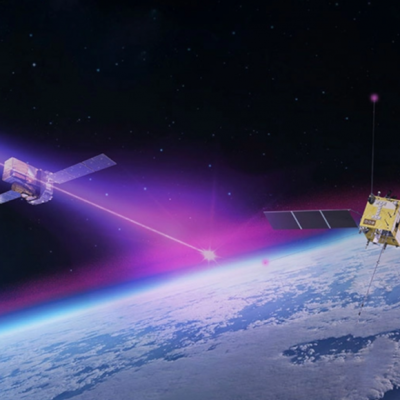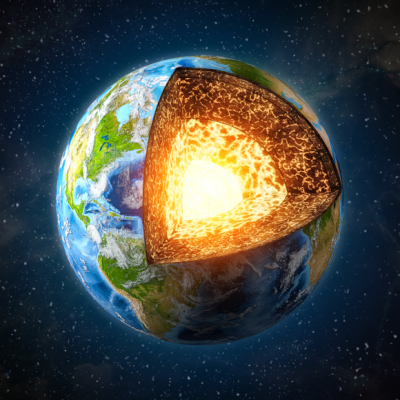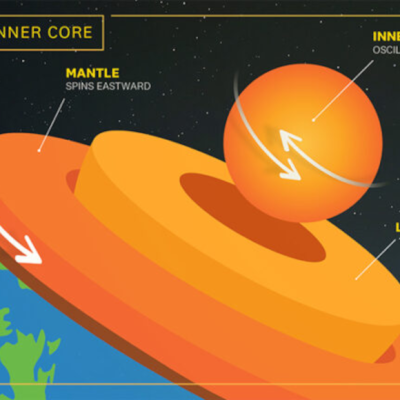The Beirut explosion that occurred on August 4, 2020, was one of the most powerful non-nuclear explosions in history. The explosion, which was caused by the improper storage of more than 2,750 tons of ammonium nitrate in a warehouse at the port, released an energy of 1.1 kilotons of TNT and destroyed everything within a radius of 140 meters. Over 200 people lost their lives, and approximately 300,000 lost their homes. The impact of the explosion was felt as far away as Tunesia, Germany, and the Ivory Coast. Seismic measuring stations also detected the shockwaves up to 500 kilometers away.
According to Bhaskar Kundu from the National Institute of Technology in India, the infrasound of the explosion was so powerful that it could have even reached the ionosphere. The ionosphere is the outer layer of the atmosphere, consisting of ionized gases that begin approximately 80 kilometers above the Earth’s surface and extend more than 1000 kilometers into space. The team of scientists analyzed signals from 15 receiving stations of the satellite navigation system in the Middle East to determine whether the shockwaves had reached the ionosphere. The data showed that ten minutes after the explosion, shockwaves had reached a height of more than 300 kilometers.
The team was able to determine the strength of the human-made turbulence by analyzing fluctuations in electron density, which were comparable to some volcanic eruptions. The findings were published in the scientific journal Scientific Reports. The study highlights the far-reaching impact of the Beirut explosion and the importance of proper storage and handling of hazardous materials. The tragedy serves as a reminder of the devastating consequences that can result from negligence and the need for increased safety measures to prevent similar incidents from occurring in the future.










